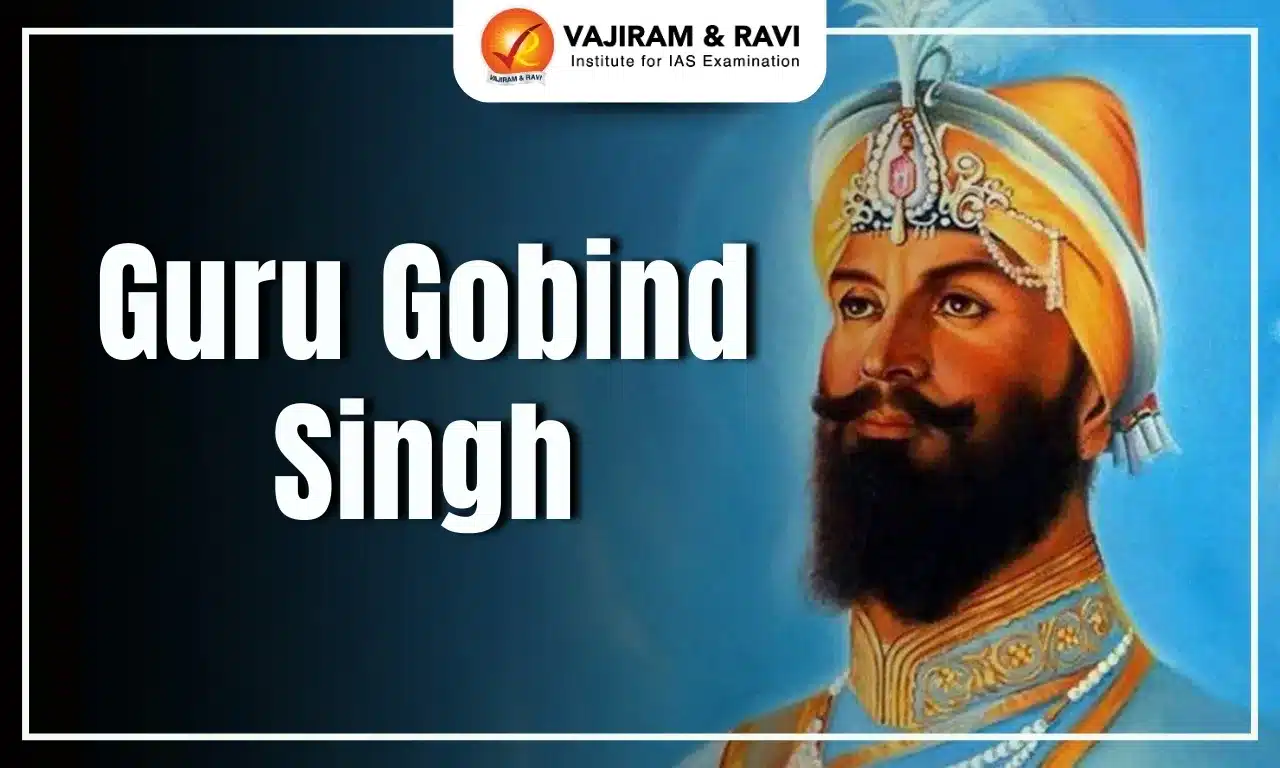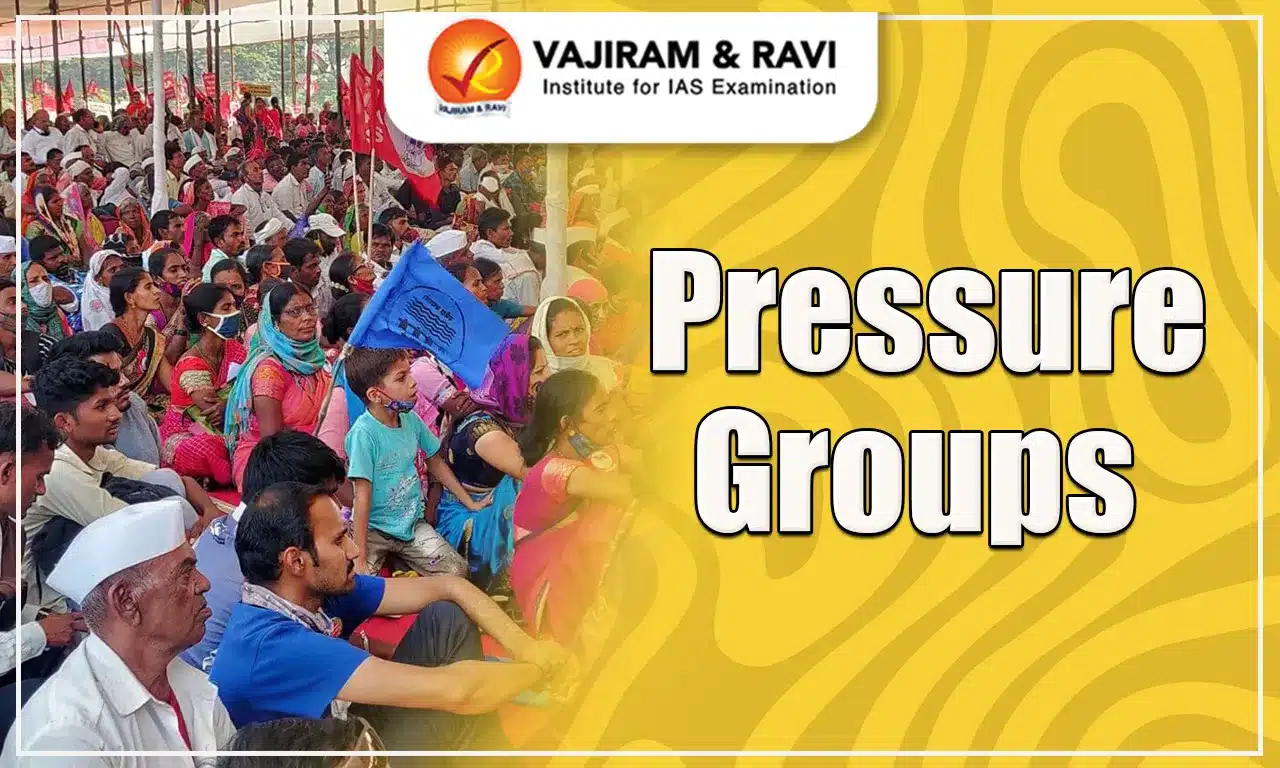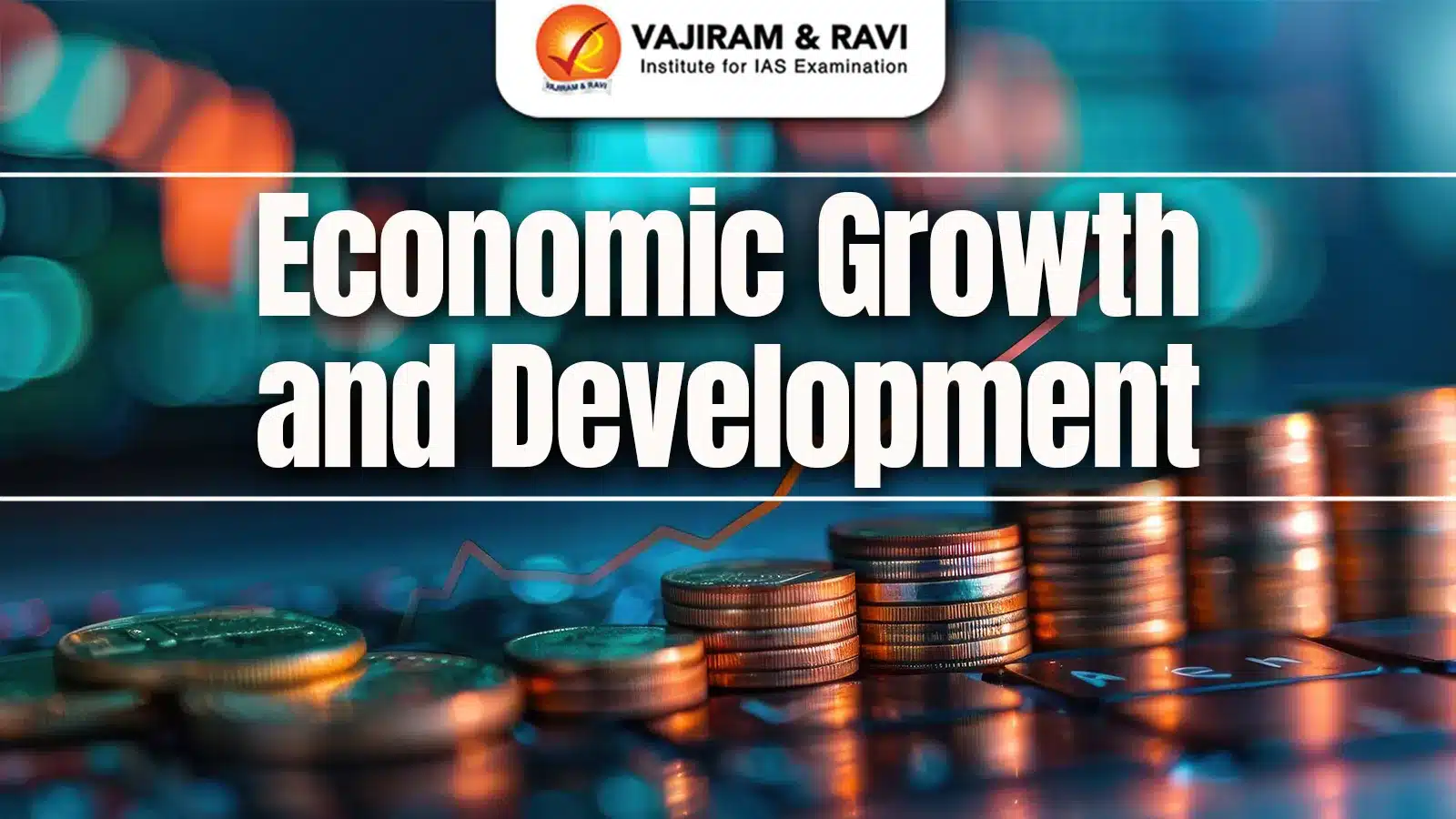The Revolt of 1857, also known as the "First War of Independence," was the first significant attempt by Indians to end British imperialism. It started on 10 May 1857, first in the form of sepoy mutiny and later as a concerted effort by Indian rulers under the de jure supervision of the last Mughal Emperor, Bahadur Shah Zafar. As the Revolt of 1857 posed a considerable threat to British power, it was proved as a watershed movement for the British perspective towards India. They became more cautious in their approach towards administration, the nature of the army, differential treatment of the vast Indian communities, etc.
The Revolt of 1857 was mainly concentrated across the vast portions of northern India, engulfing the peasantry and other civilian populations that stood side-by-side with their leaders. Many prominent leaders of the Revolt and common mass fought bravely with the British forces.
Causes of the Revolt of 1857
There were several factors for the 1857 Revolt, although the British's ruthless exploitation of the Indians was common in all. These factors were already in the process of pressure build-up since the consolidation of Bengal in 1764, first leading to the numerous minor rebellions and ultimately in the Revolt of 1857. These factors are briefly described below:
Political Causes of Revolt of 1857
The Revolt of 1857 was fueled by widespread discontent with British political policies that undermined the authority and traditions of Indian rulers. These measures not only alienated the ruling class but also disrupted the socio-political fabric of Indian society, sparking widespread resentment. Key political causes include:
- Doctrine of Lapse: Introduced by Lord Dalhousie, it annexed states without heirs, like Satara, Jhansi, and Nagpur.
- Annexation of Awadh: Taken in 1856 for "misgovernance," sparking local resentment.
- Disrespect to Rulers: Indian rulers were disempowered; Bahadur Shah II was humiliated as his successors were barred from the Red Fort.
- Loss of Privileges: Landlords, zamindars, and princes lost estates, alienating the elite.
- Exclusion from High Positions: Indians were denied key civil and military roles, frustrating the educated and ruling classes.
- Erosion of Local Authority: British policies weakened chieftains and tribal leaders, fueling unrest.
Also Read: Important leaders of the revolt of 1857
Economic Causes of 1857 Revolt
The economic policies of the British led to widespread impoverishment and dissatisfaction among Indians, contributing significantly to the outbreak of the Revolt of 1857. These policies disrupted traditional economic systems and benefited the British at the expense of the local population. Key economic causes include:
- Drain of Wealth: Resources were extracted to fund the British Empire, with Indian revenue financing their administration and military abroad.
- Land Revenue Policies: Excessive taxation under Permanent Settlement, Mahalwari, and Ryotwari led to land alienation and peasant misery.
- Destruction of Industries: British machine-made goods ruined traditional handicrafts, leaving artisans jobless and India dependent on British imports.
- Agricultural Exploitation: Forced cultivation of indigo and opium caused famines and food shortages, with severe oppression of indigo farmers.
- Loss of Aristocracy: British reforms displaced zamindars, leading to instability and resentment.
- Widespread Poverty: Traditional workers faced unemployment as British goods dominated the market, deepening rural and urban distress.
- Famines: Cash crops and heavy taxation led to food scarcity and frequent famines.
Social Causes of Revolt of 1857
The Revolt of 1857 was fueled by widespread social discontent among various sections of Indian society. British policies and reforms disrupted traditional customs, social hierarchies, and religious practices, leading to a deep sense of alienation and resentment against colonial rule.
- Racial Discrimination: The British maintained social superiority, treating Indians, including the elite, with contempt.
- Religious Interference: British reforms challenged traditional customs, such as the abolition of Sati and legalizing widow remarriage, alienating conservative sections.
- Missionary Activities: Aggressive Christian missionary efforts created fear of religious conversion among Hindus and Muslims.
- Alien Rule: The British remained socially aloof, never integrating with Indian society, which deepened resentment.
- Loss of Religious and Social Prestige: Pandits, Maulvis, and other religious leaders lost their traditional influence under British rule.
- Disruption of Social Order: Reforms like land revenue policies and the Doctrine of Lapse disrupted traditional power structures, destabilizing society.
Administrative Factors of Revolt 1857
The British administration's policies contributed significantly to the discontent that led to the revolt. Key administrative factors include:
- Centralized Control: The British centralized power in their hands, reducing the influence of local rulers and chiefs, which led to resentment from traditional elites.
- Land Revenue Policies: The British implemented exploitative land revenue systems like the Permanent Settlement and Ryotwari system, which burdened the peasants with heavy taxes, resulting in widespread economic distress.
- Cultural Insensitivity: British laws and policies were seen as disrespectful to Indian culture and customs, such as the attempt to impose Western education and legal systems, which alienated the Indian population.
- Military Discontent: The recruitment policies, poor treatment, and lack of promotions for Indian soldiers within the British army led to widespread dissatisfaction.
Immediate Cause of Revolt of 1857
The immediate cause of the Revolt of 1857 was the introduction of the Enfield Rifle and its accompanying greased cartridges, which were rumored to be coated with animal fat, specifically from cows and pigs. This led to widespread anger among Hindu and Muslim soldiers who felt their religious beliefs were being violated.
- The refusal to use these cartridges sparked a rebellion among the sepoys, particularly in Meerut, which quickly spread to other parts of India, triggering the revolt.
Revolt of 1857 Timeline
The Revolt of 1857 unfolded through a series of significant events that began as localized military uprisings and quickly spread into a large-scale rebellion. From Mangal Pandey's defiance at Barrackpore to the widespread revolts across North and Central India, this timeline highlights the critical moments, actions, and effects that shaped the uprising.
| Date | Event |
|
29th March 1857 |
Mangal Pandey's Revolt: Mangal Pandey, stationed at Barrackpore, revolts against British officers and is hanged. |
|
24th April 1857 |
Meerut Revolt: Ninety sepoys of the Third Native Cavalry refuse to use greased cartridges, leading to their dismissal. |
|
9th May 1857 |
Imprisonment of Sepoys: 85 sepoys are sentenced to imprisonment, fueling unrest in the army. |
|
10th May 1857 |
Revolt in Meerut: The sepoys in Meerut revolt and march towards Delhi, freeing their comrades and killing British officers. |
|
May 1857 |
March to Delhi: The sepoys, along with civilians, march towards Delhi, declaring Bahadur Shah II as Emperor. |
|
June 1857 |
Nana Saheb’s Leadership: Nana Saheb leads the revolt in Kanpur, capturing British officers and declaring himself as the Peshwa. |
|
June - July 1857 |
Lucknow and Cawnpore: The revolt spreads across North India, with major uprisings in Lucknow and Cawnpore. |
|
August 1857 |
Gwalior: Rani Lakshmibai of Jhansi and Tatya Tope attempt to capture Gwalior from the British. |
|
September 1857 |
Delhi Siege: The British begin a siege of Delhi, aiming to regain control after the sepoy-led rebellion. |
|
March 1858 |
Revolt Suppressed: The British, under General Havelock, retake Cawnpore, and the revolt is crushed in most regions. |
|
1858 |
End of Revolt: The British officially suppress the revolt, and the East India Company is replaced by direct British rule. |
Leaders of Revolt of 1857
The storm centres of the uprising were located in Arrah, Delhi, Kanpur, Lucknow, Bareilly, and Lucknow. Even though they acknowledged Emperor Bahadur Shah's suzerainty, all of these locations decided their own rulers and continued to be independent.
| Leader | Contribution |
|
Bakht Khan (Delhi) |
Assumed real power in Delhi after arriving from Bareilly; formed a Court of soldiers (Hindus & Muslims). |
|
Begum Hazrat Mahal (Lucknow) |
Proclaimed her son as Nawab of Awadh; key leadership alongside Maulavi Ahmadullah, a popular rebel leader. |
|
Rani Lakshmi Bai (Jhansi) |
Led Bundelkhand rebels; fought valiantly against Hugh Rose’s forces; allied with Tatya Tope to reclaim Gwalior. |
|
Nana Saheb (Kanpur) |
Led Kanpur uprising; defeated British under Hugh Wheeler; declared himself Peshwa after expelling British. |
|
Kunwar Singh (Bihar) |
Led rebellions across Bihar and central India; defeated British at Arrah; died from injuries in 1858. |
|
Tatya Tope (Kanpur & Gwalior) |
Renowned for guerrilla tactics; captured Kanpur for Nana Saheb; retreated to Gwalior after Kanpur’s fall. |
Causes of Failure of the 1857 Revolt
The failure of the 1857 Revolt can be attributed to a number of internal and external factors that hindered its success. Key issues such as lack of unity among the rebels, inadequate leadership, and insufficient support from important sections of Indian society played a critical role in its downfall. Here are the main causes of its failure:
- Lack of Unified Programme and Ideology: The rebellion lacked a clear agenda for governance, focusing solely on British rule's overthrow, leading to disarray and a lack of coordinated efforts.
- Lack of Unity Among Indians: The revolt was not widespread, with regions like Punjab and the south remaining loyal to the British. Additionally, differing local interests led to divisions between Hindus and Muslims.
- Absence of Support from Educated Indians: The educated class did not support the revolt, seeing it as regressive and believing that British rule was necessary for modernization.
- Military Superiority of the British: The British forces were technologically advanced and better organized, with superior artillery and support from Indian rulers, ensuring their victory.
- Weak Leadership and Coordination: The revolt lacked centralized leadership and coordination, as regional leaders like Rani Lakshmibai and Nana Saheb did not unite under a single command.
- Limited Support from Indian Princes and Chiefs: Many Indian rulers sided with the British, weakening the revolt, as some had a vested interest in maintaining British rule.
- Use of Brutal Tactics by the British: The British responded with extreme force, using reprisals, executions, and heavy punishments, which discouraged further uprisings and quelled the rebellion.
Consequences of Revolt of 1857
The Revolt of 1857 had far-reaching consequences that reshaped India's political and social landscape. Key changes included reforms in military organization, a shift in political governance, and the implementation of a "divide and rule" policy.
- Changes in Military Organisation: The British increased the number of European soldiers and restructured Indian regiments to prevent unity among soldiers. Regiments were organized based on caste, community, and region to suppress nationalism.
- Transfer of Power: The governance of India shifted from the East India Company to the British Crown through the Government of India Act of 1858. A Secretary of State for India, supported by a Council, took charge.
- Divide and Rule: The British deepened divisions among Indians, especially by discriminating against Muslims in public appointments, which later led to communal tensions and hindered the freedom struggle.
- New Policy towards Princely States: The policy of annexation was replaced, allowing princely rulers to adopt heirs, restoring some autonomy to local rulers.
Revolt of 1857 Features
The Revolt of 1857, also known as the First War of Indian Independence, was a significant event that marked the beginning of organized resistance against British colonial rule in India. It was a turning point in the history of the Indian subcontinent, with far-reaching political, social, and military consequences. The following features characterize the revolt and its impact on India's history:
- Geographic Spread: The revolt spread across large parts of northern, central, and western India, including cities like Delhi, Kanpur, Lucknow, Jhansi, and Meerut. However, it did not gain momentum in southern and eastern India.
- Diverse Participation: The uprising saw participation from a broad cross-section of Indian society, including soldiers (sepoys), peasants, artisans, zamindars, and even rulers like Rani Lakshmi Bai, Begum Hazrat Mahal, and Nana Saheb.
- Religious and Social Unity: The revolt witnessed Hindu-Muslim unity, with both communities joining forces to oppose British rule. Bahadur Shah II, a Mughal ruler, was declared the symbolic leader, highlighting a sense of collective Indian identity.
- Military Mutiny and Civil Uprising: While it began as a military mutiny of sepoys in the British East India Company's army, it quickly turned into a widespread civilian uprising, with towns and villages across India participating.
- Resistance to British Policies: The revolt was driven by a mix of grievances, including the annexation policies (Doctrine of Lapse), heavy taxation, cultural insensitivity, religious interference, and the introduction of controversial military practices like the greased cartridge.
- Lack of Coordination: Despite initial success, the revolt lacked central leadership, strategy, and coordination, which led to fragmentation and eventual failure.
- Brutal British Suppression: The British responded with fierce reprisals, including mass executions, torture, and destruction of towns, which further fueled Indian resentment.
- Legacy of Nationalism: While the revolt failed, it sowed the seeds of nationalism, with subsequent generations of Indians becoming more united in their desire for independence from British rule.
Revolt of 1857 UPSC PYQs
Question 1: The Revolt of 1857 was the culmination of the recurrent big and small local rebellions that had occurred in the preceding hundred years of British rule. (UPSC Mains 2019)
Question 2: Explain how the Uprising of 1857 constitutes an important watershed in the evolution of British policies towards colonial India. (UPSC Mains 2016)
| Other Related Posts | |
| Civil Uprisings Before 1857 | Velu Thampi Dalawa |
| Moplah Rebellion | Ramosi Rebellion |
| Poligar Revolt | Rampa Rebellion of 1922 |
| Alluri Sitarama Raju | |
Last updated on December, 2025
→ Check out the latest UPSC Syllabus 2026 here.
→ Join Vajiram & Ravi’s Interview Guidance Programme for expert help to crack your final UPSC stage.
→ UPSC Mains Result 2025 is now out.
→ UPSC Notification 2026 is scheduled to be released on January 14, 2026.
→ UPSC Calendar 2026 is released on 15th May, 2025.
→ UPSC Prelims 2026 will be conducted on 24th May, 2026 & UPSC Mains 2026 will be conducted on 21st August 2026.
→ The UPSC Selection Process is of 3 stages-Prelims, Mains and Interview.
→ UPSC Result 2024 is released with latest UPSC Marksheet 2024. Check Now!
→ UPSC Toppers List 2024 is released now. Shakti Dubey is UPSC AIR 1 2024 Topper.
→ Also check Best IAS Coaching in Delhi
Revolt of 1857 FAQs
Q1. What are the causes of the revolt of 1857?+
Q2. What was the revolt of 1857?+
Q3. Why did the revolt of 1857 fail the UPSC?+
Q4. What was the nature of the revolt of 1857?+
Q5. Who were the main leaders of the revolt of 1857?+

















